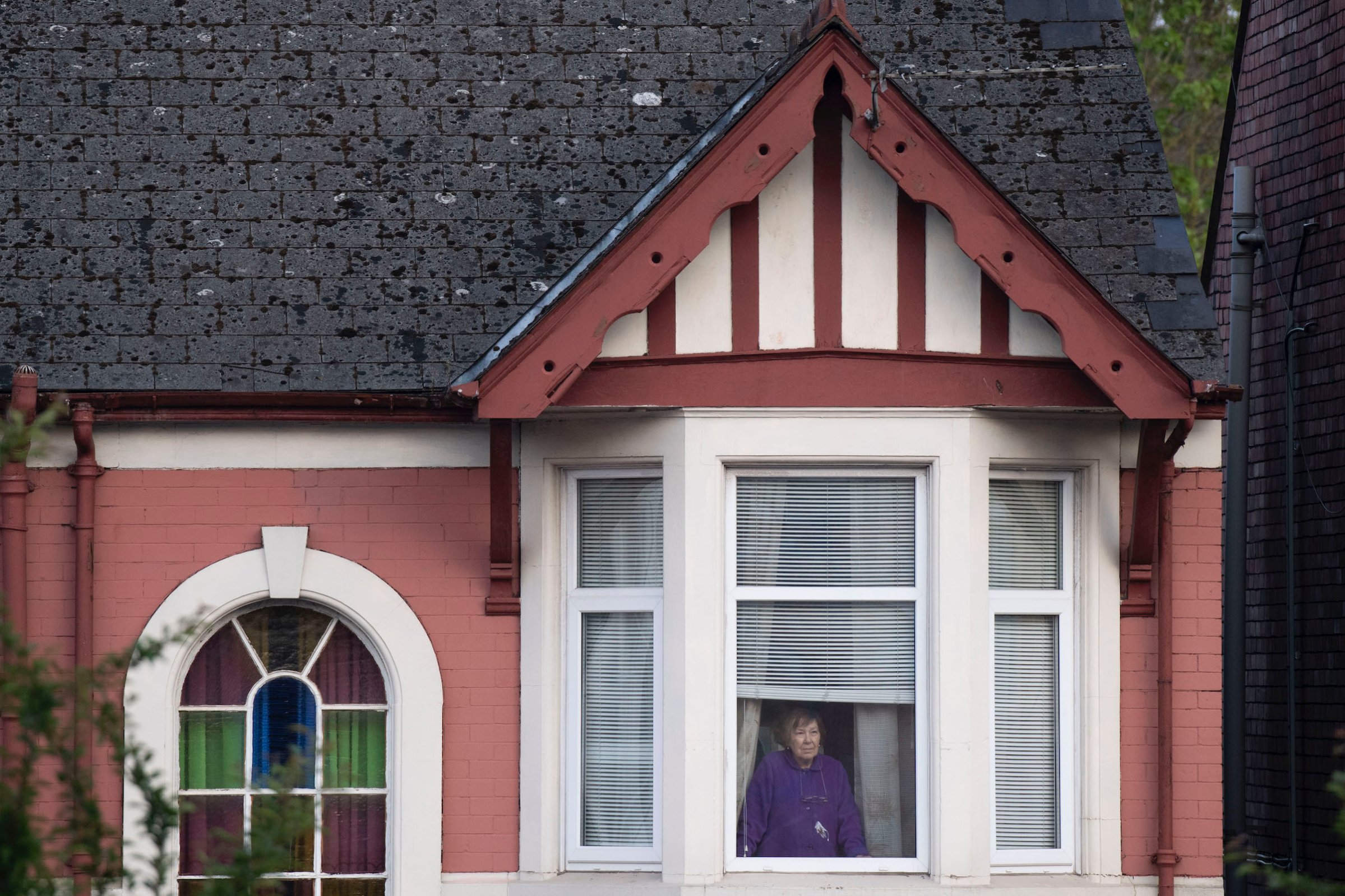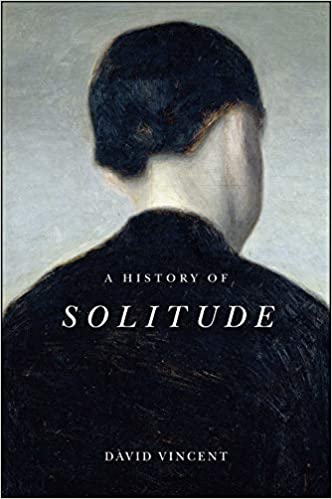
People can be content to live by themselves. This was the great discovery of the 20th century. In the early period of urbanization and industrialization, only a small minority of the population spent time in a single-person household. Migrants to the expanding cities headed for the homes of earlier arrivals, or if nothing else was available, rented space in a lodging house. Some experienced short intervals of isolation following widowhood, but few among those who could afford the expense deliberately set up home by themselves.
Between the two world wars, however, there was a discernible growth in people experimenting with alternative living arrangements, and the trend accelerated rapidly after 1960. In advanced western countries the proportion of households occupied by a single person today ranges from 28 and 30% in the U.S. and the United Kingdom, to over 40% in Germany and Sweden. Washington, D.C., reported a figure for lone households in 2018 of 45.6%, and in London and Stockholm it is approaching 60.
For the most part, this demographic revolution was driven by choice. The bereaved elderly increasingly preferred to continue in their own homes rather than join grown-up children. Those in unsatisfactory relationships in the middle course of their lives exercised the option of setting up by themselves. The young left the parental nest and rejected the alternative of sharing an apartment with unrelated contemporaries.
Few of these aspirations were new; the change was in the material conditions that made their fulfillment possible. The increasing availability of adequate pensions in social democracies allowed the expanding population of the elderly to maintain their independence. As more women entered the workforce after 1945, they gained the financial freedom to live apart from men. The general rise in standards of living combined with radical improvements in the housing stock expanded the variety and affordability of living units. With the key to their own accommodation, residents found new ways of passing the time alone. The radio and the telephone between the wars, the television from the 1950s and, later, the digital revolution provided the means of maintaining contact with entertainment and social networks. Supermarkets adapted their offerings for customers who cooked alone. Going out by yourself to a coffee shop or a café became unremarkable.
This history matters. Too often, accounts of the restrictions imposed by the ongoing COVID-19 pandemic assume a blank canvas. Populations are seen to be experiencing for the first time particular living conditions, whether chosen or imposed. In reality, everyone enters the crisis bearing expectations and capacities with which they negotiate the new circumstances—and the history that informs this moment explains why coronavirus-caused isolation may have an unexpected psychological impact on people around the world.
Get your history fix in one place: sign up for the weekly TIME History newsletter
Mass quarantining of a population has been a standard tactic since the plagues of the middle ages. What is new are the facilities available to those who are unable to leave their homes. For those long used to spending their days in their own company, the key resource is what might be termed “networked solitude.” The classic form of solitude, embraced by William Wordsworth and Henry David Thoreau, involved the physical escape from company. This has remained an option, particularly for those who can retreat into an unpeopled nature, but increasingly it has been accompanied by a form of isolation that is at the same time connected with other people.
The flat-rate Penny Post, introduced in Britain in 1840, and rapidly adopted around the world, made it possible to sit by yourself in a room and converse via letter with friends and relations across the town or further afield. By the end of the 19th century there were twelve posts a day in parts of London, creating a level of social exchange not far short of the internet. Mass literacy, achieved in most western countries by 1914, permitted a meeting of minds without a physical encounter. Further technological advances merely extended this facility. The iPhone is not so much an expression of sociability, as the realization of the desire to be alone in company, or to find company when alone. Zoom and its competitors are lineal descendants of Bell’s telephone invented in 1875, performing exactly the same function if the user turns off the video.
The rich resources for living at least an adequate life alone help explain why, at least in the U.K., levels of acute loneliness appear to have been stable in the pandemic. Loneliness is failed solitude, when the absence of company is enforced and unwelcome. The most authoritative, up-to-date survey in the United Kingdom has been conducted by the Office for National Statistics. It found that at the end of the first week in June this year, almost three months after the British lockdown began, the incidence of “often/always” loneliness was steady at five percent of the population. As far as can be established, this is about the proportion that has persisted since early post-war surveys first began to examine the issue.
Conversely, the impact of the pandemic has been to place a new premium on solitude. Households that were spacious enough when most of their occupants were away in offices or schools during the day now seem unbearably crowded. Prohibitions on walks out of doors are all the more frustrating. Another contemporary large-scale study, funded by the Nuffield Foundation in the U.K., has found that nearly a third of the population wish they could spend more, not less, time alone in the crisis—six times as many as those seeking company in their isolation.
When the crisis recedes, separated friends and families will rush to be reunited. Human beings are social animals. But they need breaks from each other’s company. The first modern writer on solitude, the 18th century Swiss doctor Johann Zimmermann, defined the experience as “a tendency to self-collection and freedom.” The past suggests that, after the lockdown lifts, these objectives will seem all the more precious.

David Vincent is the author of A History of Solitude, available now from Polity Press.
More Must-Reads from TIME
- Why Biden Dropped Out
- Ukraine’s Plan to Survive Trump
- The Rise of a New Kind of Parenting Guru
- The Chaos and Commotion of the RNC in Photos
- Why We All Have a Stake in Twisters’ Success
- 8 Eating Habits That Actually Improve Your Sleep
- Welcome to the Noah Lyles Olympics
- Get Our Paris Olympics Newsletter in Your Inbox
Contact us at letters@time.com